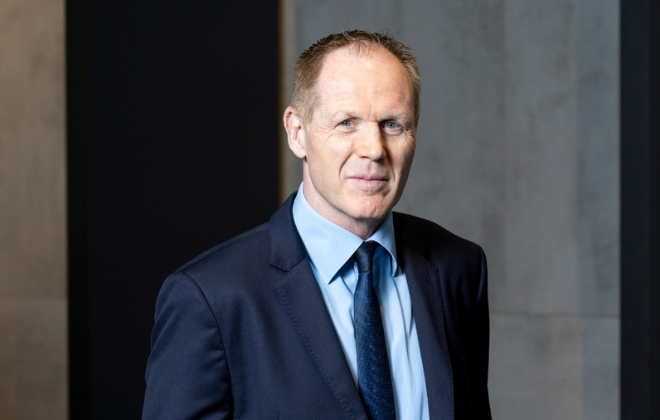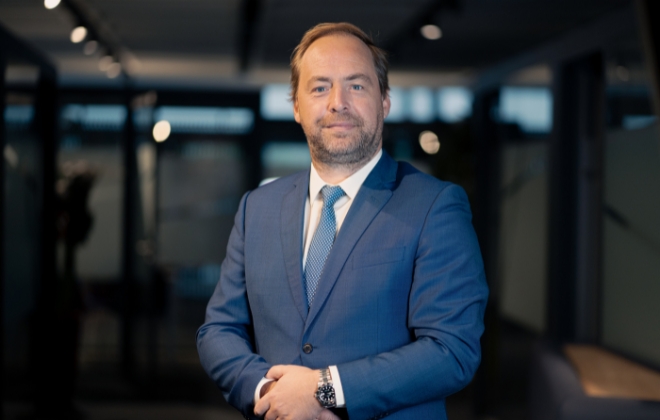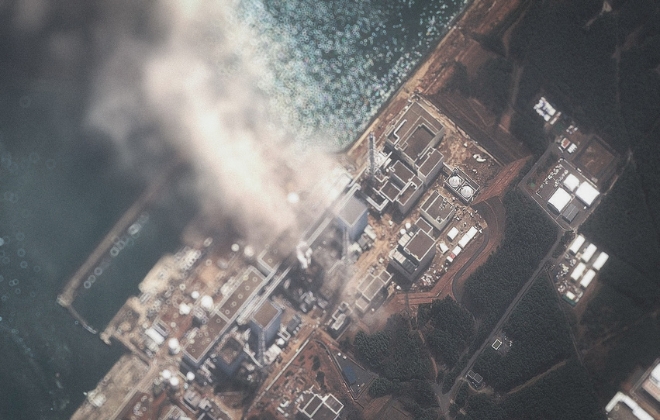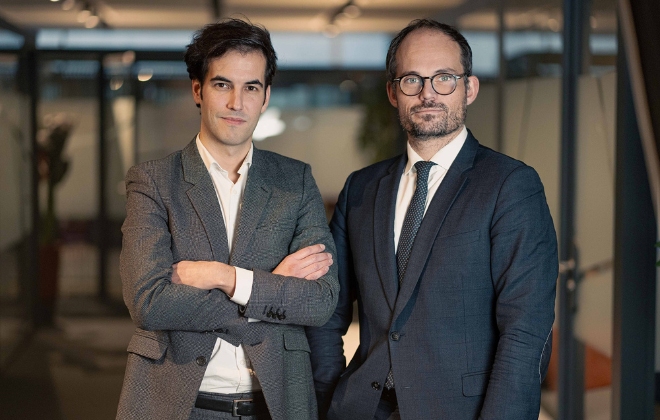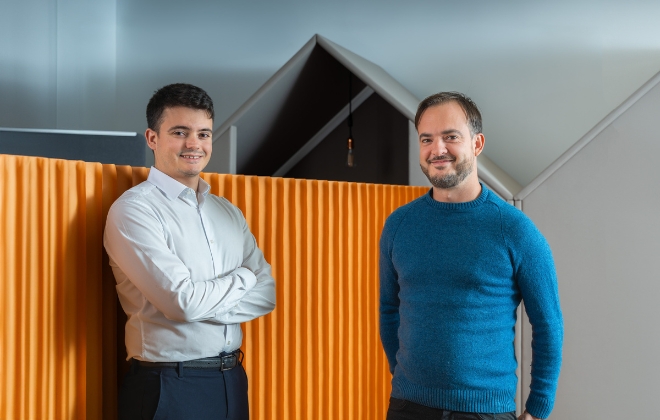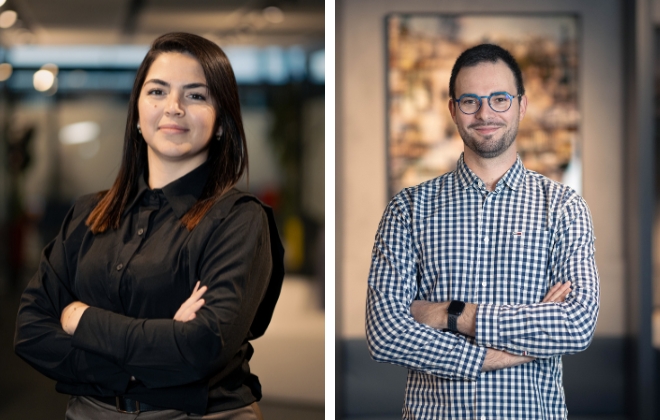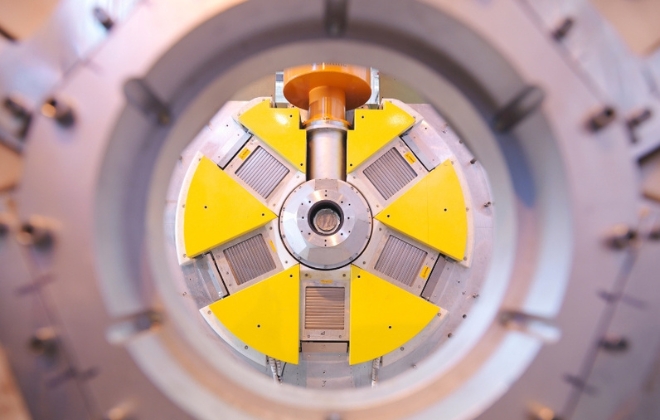A safe and secure nuclear world
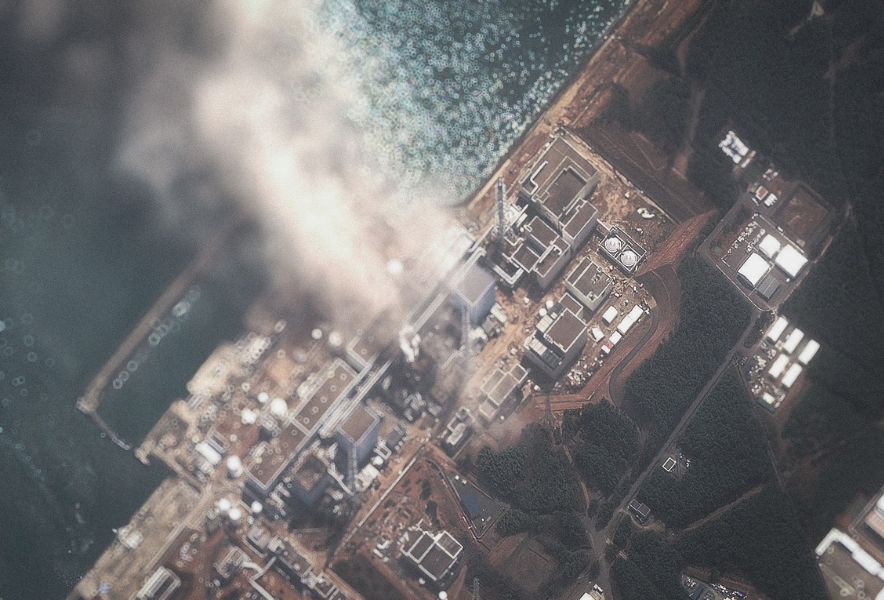

ALTEN works with its clients to ensure a culture of safety and security in the nuclear domain. To this end, ALTEN helps to prepare engineers participating in France’s International Bachelor in Nuclear Engineering (INB), a program that covers a range of aspects from design to operations. The INB prepares engineers to enter the highly specialized environment of nuclear engineering, ensuring that the rules governing nuclear installations – including security and safety – are well understood.
Safety first
Safety comprises the organizational, technical and human resources that are put in place to protect workers and the public from the risks associated with industry in general, and with the nuclear industry in particular.
Non-radiological risks include things such as the projection of rotating equipment, falling loads, electrical and chemical risks, fires and so on. In a nuclear facility, of course, radioactivity is a major concern. As defined by the Environmental Code, this is not just a question of human health and survival after a nuclear accident; it also comprises preserving nature, the environment and infrastructure. Furthermore, safety measures extend to technical, human and organizational means of protecting a range of interests including, but not limited to, physical installations – for example, protecting IT against malicious acts.
Three pillars
ALTEN works with EDF to familiarize engineers in the INB with the behaviors that comprise a safety culture. Every ALTEN consultant is expected to adopt these behaviors, which are based on three pillars: a rigorous, cautious approach; a questioning attitude; and effective communication. A rigorous and cautious approach, because all consultants are expected to follow protocols and procedures, complying with the prescriptive requirements of customers – be it EDF or other partners. This includes ensuring that they are trained and qualified for the work they are asked to do. A questioning attitude is particularly important when visiting or working at a nuclear site, taking the time to identify any risks. Finally, effective communication is fundamental not only for making oneself understood, but also for building the customer and consumer confidence that enables progress. Transparency, be it with workers or the public, regarding significant threats to the safety of humans or the environment is taken very seriously. Full information regarding potential significant events can be found on the websites of EDF, as well as the French Nuclear Safety Authority (ASN) and the Institute for Radiation Protection and Nuclear Safety (IRSN), neutral bodies that disseminate information and analysis.
Experience and imagination
Many of the safety measures currently employed in nuclear engineering are the result of lessons learned from previous nuclear accidents, such as Chernobyl and Fukushima. Nonetheless, it is important not to wait to learn from destructive events, but rather to imagine what could or may happen and to devise safety measures based on these hypothetical situations and their possible consequences for people and the planet.
In Fukushima, the two emergency diesels were submerged by the tsunami. In France, although the likelihood of a tsunami is next to nil, the threat of submergence could be envisioned, for example, as the result of a dam bursting upstream; this is the case of the Bugey power plant, which was constructed on the hypothesis that the Vouglans dam could suddenly burst, causing extensive flooding. As a precaution against such flooding, today not only Bugey but all reactors in the French fleet have a third diesel backup engine, known as a “last-resort diesel”; this is also an integral part of the design of France’s future power plants. The last-resort diesels are installed in a bunkered building that can withstand floods, tornadoes and earthquakes; their aim is to guarantee a constant supply of electricity to cool the reactors in the event of an accident.
Aggressions are broken down into external aggressions – such as floods and earthquakes – and internal aggressions, i.e., any risk that originates from inside the facility. For example, measures have been developed to protect against mishaps in the fuel assembly and its control cluster, which could be projected upwards like a missile in the event of overpressure inside the reactor vessel, with disastrous consequences. The temperature of the water inside a nuclear reactor vessel is 330 degrees Celsius, whereas water normally boils at 100 degrees Celsius. Thanks to an operating pressure of 150 bars in the primary circuit, the water is kept liquid. A leak, for example as the result of a breach in a pipe, would result in a loss of pressure, generating vaporization that could turn the control cluster into a projectile.
The 1977 Porcheville accident was a perfect example of internal aggression: an incorrectly positioned seal on one of the turbines caused it to explode into several pieces. Debris was thrown as far as 600 meters from the site of the accident, injuring three people. Learning from this experience, the turbo-alternator group in the new reactor buildings has been reoriented to prevent a projectile from reaching the reactor in the case of an accident, and in the control room a slab that can withstand a projectile of this magnitude has been added in the dome.
Aside from individual accidents, the engineers also consider the possible accumulation of accidents, for example high winds and an earthquake, focusing on things that are relatively probable.
To find out more
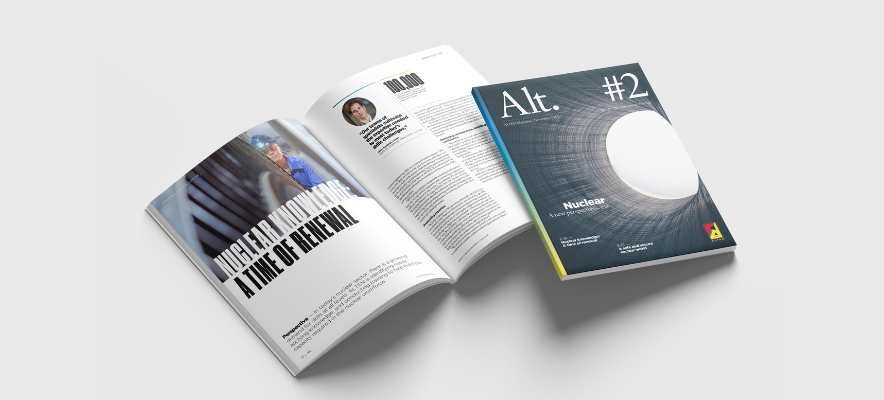
Magazine Alt. #2
The world is actively exploring responsible nuclear power as an answer to pressing energy and environmental needs. Global awareness of the promise of nuclear power has grown in the light of climate change and increasing energy demands. The sector’s potential for innovation makes it a dynamic and vital field for the global workforce.
Find out more on how ALTEN, as a partner to leading names in the nuclear industry, holds a privileged position as an observer of market dynamics, and as a provider of cutting-edge technical expertise to support the design, maintenance, and safety of nuclear facilities.



